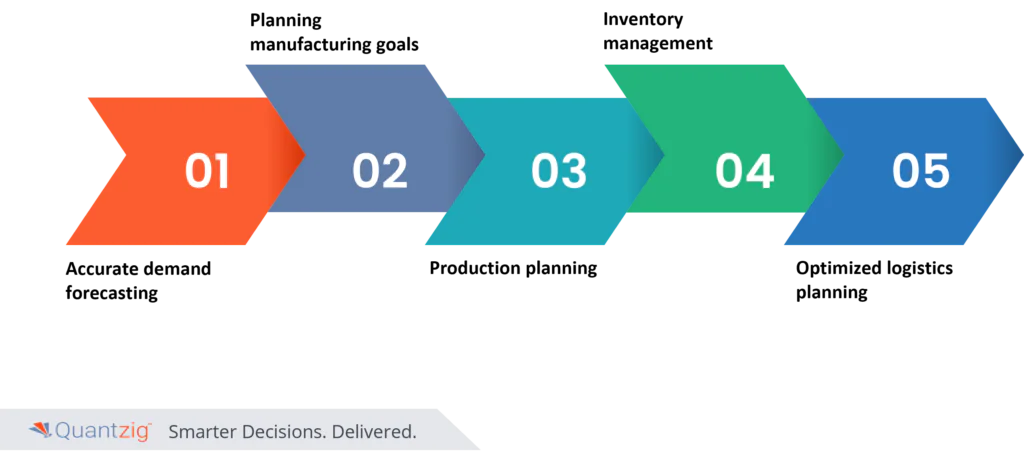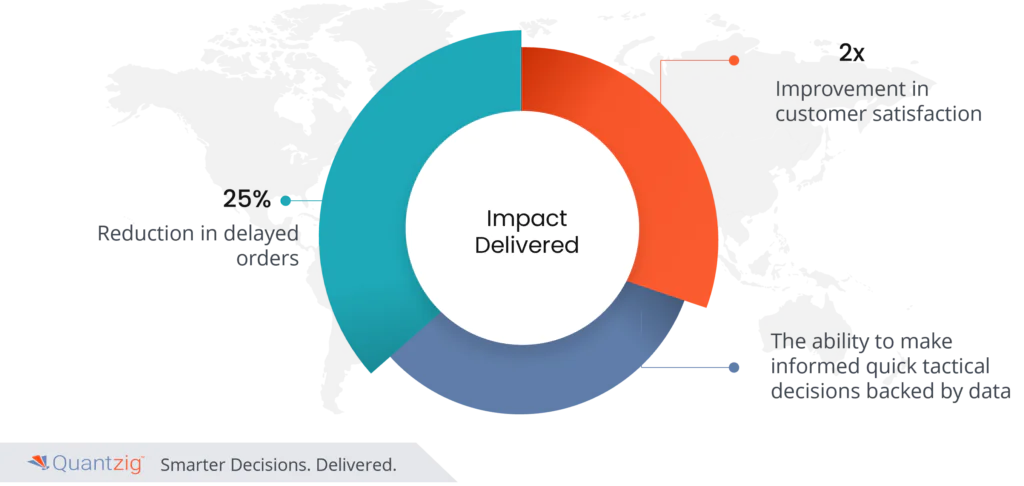Written By: Priscilla Annoussamy
Healthcare supply chain analytics is a way for organizations to tackle rising supply chain costs and build a smarter, more proactive, and efficient healthcare ecosystem. Analytics can help to improve the performance of supply chain processes and strengthen supply networks to withstand disruption: to streamline tracking processes, automate time-consuming tasks, optimize inventory management, and enhance demand forecasting accuracy.
With so many complex issues, data-driven decision-making is essential for optimizing the healthcare supply chain. Analyzing historical usage data, pricing, and performance metrics provides insights that can drive significant improvements. New technologies like artificial intelligence and predictive analytics are helping supply chain teams make better data-driven decisions and anticipate future needs.
The healthcare supply chain faces considerable difficulties, but by focusing on managing costs, navigating regulations, mitigating shortages, and enabling data-driven decisions, organizations can streamline their operations and provide the best possible care. With lives at stake, creating an efficient yet compassionate supply chain is a challenging but critically important goal. Hospital centralized systems are using healthcare supply chain analytics to reduce waste in hospital supply chains, reduce rising costs, and improve overall margins.
Table of Contents
Importance of setting up an efficient supply chain

By harnessing the power of data and advanced analytics technology, healthcare organizations can make more informed decisions, optimize their supply chains, and respond more effectively to changing demands. An effective and efficient supply chain has the potential to significantly reduce costs, give real-time visibility of healthcare supply chain, make innovations, and improve patient care.
Sophisticated supply chain analytics tools are being used in the healthcare sector today to drive down supply costs, which are reportedly the second highest expense for many hospitals, as well as build agility and supply chain resilience, both of which are critical in times of increased uncertainty. From the COVID-19 pandemics, hospitals, medical supply manufacturers, and other participants in the healthcare supply chain have been using supply chain data and the insights extracted from that data to inform demand and capacity planning and procurement cost and inventory optimization efforts.
Healthcare supply chain analytics enable organizations to better detect and predict fluctuations in demand or potential supply disruption, identify and resolve supply chain issues faster, Just-in-Time Delivery, and prevent or mitigate drug and medical supply shortages.
Request a free proposal to understand how.
Benefits of using healthcare supply chain analytics

Efficiency needs to be studied extensively to ensure supply chains function smoothly. Analytics can help in multiple ways to bring efficiency to supply chain operations. Some of them are listed below:
- Accurate demand forecasting leads to minimizing losses
- Planning manufacturing goals for a streamlined process
- Production planning can help maximize production using available assets.
- AI-driven Inventory Management helps ensure minimal losses due to obsolescence and reduced inventory holding costs
- Optimized logistics planning helps ensure reduced logistics costs and maximized delivery SLAs
In addition to the ones listed above, they also help improve the agility and strategic resilience of healthcare supply chains, thereby contributing to enhanced patient safety and better patient outcomes.
The future of healthcare supply chains analytics
Achieving a clinically aligned supply chain isn’t easy, however. It requires that organizations break down data and coordinate workflows to facilitate the sharing of information and analytics across teams. Advanced analytics eases the sharing of valuable insights across teams and organizations. They enable seamless, end-to-end information flows and foster collaboration between internal and external teams, thereby helping supply chain managers, demand planners, suppliers and distributors to find and fix problems fast and work together to create a more resilient supply network.
The digital supply network is a critical foundation for the digital transformation of supply chains and the adoption of advanced healthcare supply chain analytics. It offers organizations deeper visibility into their supply chains, allowing for proactive detection of potential disruption, and helps promote greater levels of collaboration. Proactive monitoring and efficient collaboration throughout the supply network makes it easier for supply chains to act fast and adapt quickly when conditions change, enabling healthcare providers to stay agile and thrive in the future.
Success Story:
Transforming Healthcare Supply Chains: How Quantzig’s Analytics Revolutionized Efficiency
Client location:
A leading medical equipment manufacturer in the US
Challenges faced by the client:
The Client was investing heavily in logistics augmentation to help improve delivery SLA and customer satisfaction rates. Despite that, the desired improvement was only marginal. The client was unable to identify the challenges and the potential causes of inefficiencies at every stage.
Solutions offered by QZ:
Quantig helped compile the information about the flow of goods across all supply chain nodes and identified the nodes where goods were spending way more time than the indicated SLAs. Root cause analysis was then done for the identified bottlenecks, in the areas of pick-up, drop, vehicle availability, and labor availability. This was done to identify the next best action and the resources needed to improve node efficiency. From the outcome of the detailed analysis of pained nodes, the client was able to make tactical and innovative strategies to remove bottlenecks in the logistics delivery process.
Impact Delivered

- A 25% reduction in delayed orders
- 2x improvement in customer satisfaction and
- The ability to make informed quick tactical decisions backed by data
In conclusion, the impact of analytics on healthcare supply chains has been revolutionary, leading to significant improvements in efficiency and cost-effectiveness. By leveraging advanced analytics tools and techniques, healthcare organizations have been able to optimize their supply chain processes and increase Supply Chain ROI, resulting in enhanced patient care and reduced operational costs.
The use of analytics has enabled healthcare providers to accurately forecast demand, optimize inventory levels, and improve procurement processes. This has led to a reduction in stockouts, minimized wastage, and improved overall supply chain performance. Additionally, analytics has facilitated better supplier collaboration, enabling healthcare organizations to negotiate favorable contracts, give better care, improve delivery schedules, provide brighter future for health and ensure the availability of critical medical resources supplies.
Furthermore, analytics has played a crucial role in streamlining distribution networks and transportation routes, resulting in faster and more efficient delivery of medical products and equipment. This has not only improved patient outcomes but also reduced costs associated with transportation and logistics.
As healthcare supply chains continue to evolve, the integration of analytics will become increasingly vital. By harnessing the power of data and analytics, healthcare organizations can make informed decisions, optimize processes, and ultimately revolutionize the way healthcare supplies are managed. This will lead to improved patient care, cost savings, and a more resilient healthcare system overall.
Explore the case study to uncover the power of analytics in healthcare supply chains and unlock new opportunities for your organization.


